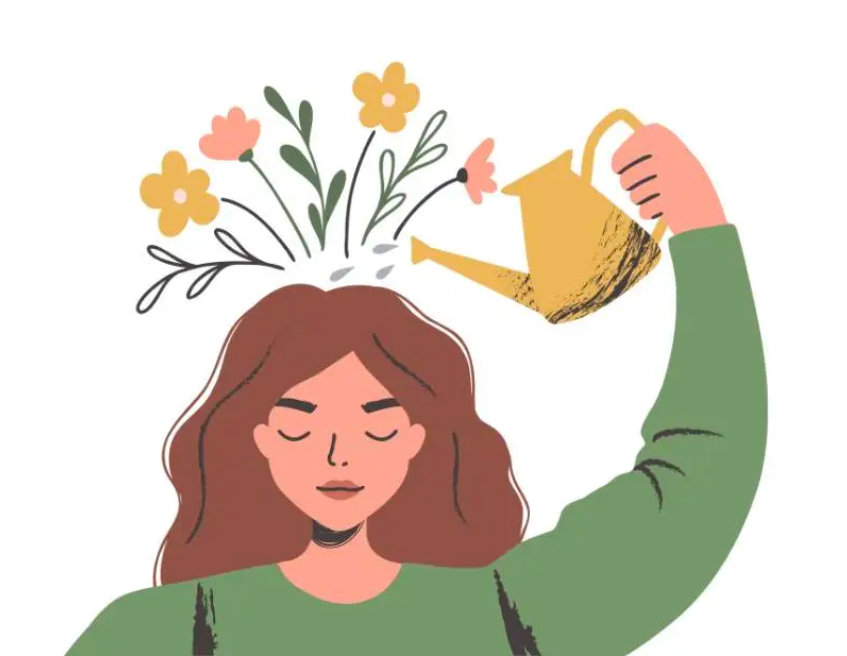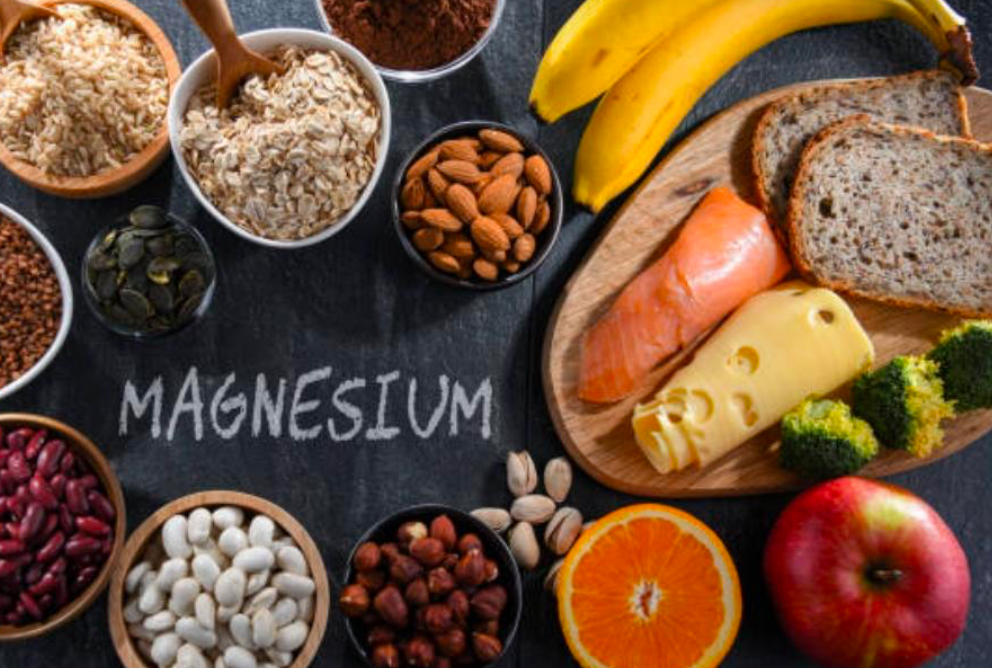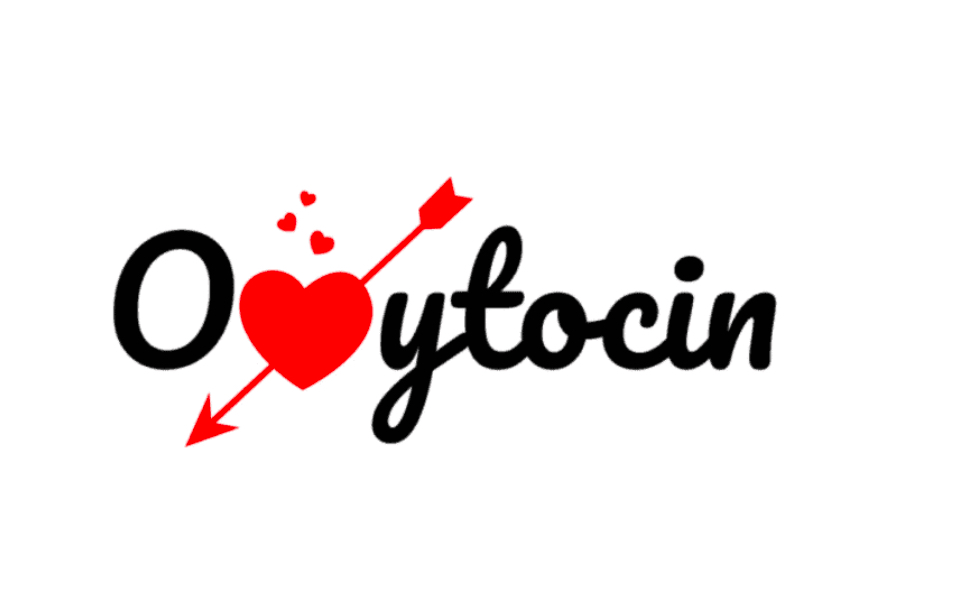If you’ve ever felt an instant mood boost from a warm hug, a deep conversation with a friend, or even a random act of kindness, you’ve experienced the power of oxytocin. Known as the “love hormone,” oxytocin plays a crucial role in bonding, trust, and even sexual desire. But in today’s fast-paced, stress-filled world, many people struggle with low oxytocin levels—leading to increased stress, decreased libido, and feelings of disconnection. While some may focus on boosting hormones like testosterone or estrogen for better sexual health, oxytocin is foundationally important. More specifically, it is the hormone that others rely on for proper balancing. Additionally, estrogen and testosterone may even balance themselves out naturally when oxytocin is brought into balance.
The best part? You don’t need supplements or prescriptions to increase it—simple lifestyle changes can naturally enhance your body’s oxytocin production. Even more importantly, it’s not just about adding the good; it’s also about cutting out the bad. Let’s explore five science-backed ways, encouraged in functional medicine, to boost your oxytocin levels and rekindle your sense of intimacy, joy, and connection.
1. Physical Touch: The Power of Connection

Want to hear something crazy? According to one study, just a 20-second hug can significantly increase oxytocin levels and lower cortisol, the body’s primary stress hormone (Light et al., 2005). Seems like a good trade-off for 20 seconds of your time in a day. This explains why people often feel comforted and emotionally closer after physical affection— even holding hands with your romantic partner might do the trick. The results from one study showed that when participants held hands with their romantic partner, activity in the brain’s stress-related regions decreased significantly (Coan, Schaefer, & Davidson, (2006). This suggests that physical touch plays a direct role in regulating emotional responses and fostering a sense of safety and connection.
Ok, but what if you are the type of person that just isn’t a huge fan of lots of physical affection? All good, what if it can serve another purpose as well? Massage therapy, for example, is another effective way to increase oxytocin. (REMINDER: if you are a client with us and you refer your friend, you receive a gift card to our friends at Synergy Wellness Center here in LaCrosse where you could get that massage!)
A study found that receiving a massage not only boosts oxytocin levels but also reduces anxiety and promotes relaxation (Morhenn et al., 2012). This makes massage an excellent tool for both physical and emotional well-being. Whether through professional therapy or simple YouTube massage therapy from your spouse, incorporating regular massage into your routine can be a great way to enhance oxytocin production while simultaneously reducing stress and muscle tension. So maybe even if you are not the touchy-feely type, you might be convinced to give physical touch a second chance.
2. Boost Oxytocin through Social Connections: Surround Yourself with the Right People

Strong social connections are one of the most effective ways to boost oxytocin, but the quality of those relationships matters just as much as the quantity. Engaging in deep, meaningful conversations and forming close bonds naturally increase oxytocin, reducing stress and enhancing overall well-being. The crazy thing is that toxic relationships can not only stall the increase in oxytocin, but also can have the exact opposite effect, elevating cortisol levels and suppressing oxytocin production.
Setting boundaries—such as limiting contact with negative individuals, learning to say no, and prioritizing uplifting relationships—is just as crucial as fostering new social connections. Creating a supportive social environment not only reduces stress but also allows oxytocin to thrive, leading to improved emotional and physical health. Say yes to the good, and not the bad— simple but not easy.
Something fascinating about oxytocin is the benefits from shared experiences and group activities. These can further enhance oxytocin levels. Participating in synchronized group activities—such as dancing, fitness classes, or team sports—are able to increase oxytocin and strengthen social bonds. Even casual gatherings, like dinner with friends or volunteering for a cause, can cultivate a sense of belonging and connection. By actively nurturing positive relationships and eliminating toxic influences, you create an environment where oxytocin can flourish, improving mood, reducing stress, and even enhancing overall intimacy. Pretty cool, right?! A functional medicine approach will always help you consider your relational connections and social interactions. Especially as it pertains to your hormones like cortisol and oxytocin.
3. Mindfulness and Gratitude: Reducing Stress

In today’s fast-paced world, it’s easy to feel overwhelmed and disconnected. Between constant notifications, demanding schedules, and the pressure to always be “on,” our stress levels remain high, making it difficult to slow down and be present. Chronic stress works against our bodies, lowers our libido, and affects our mood (check out this blog for more on this topic).However, mindfulness and relaxation practices can help counteract this, naturally boosting oxytocin.
Mindfulness techniques like meditation and deep breathing not only increase oxytocin but also lower cortisol, helping to reduce stress (click HERE for a short read on lowering your cortisol). Even a few minutes of breathwork daily can regulate the nervous system and foster a sense of emotional closeness. Yoga is another powerful tool, as studies show it enhances oxytocin production, reduces stress, and improves social bonding. Check out this article for more information on how you could implement “slow living” into your daily life to reduce stress and even make your morning routine more peaceful.
One tool that is especially useful in helping to silence the whirlwind of ideas and opinions out there and pull you back to the ground is gratitude. Gratitude supports oxytocin release and can bolster emotional resilience. It keeps our minds present on the truly good in life, slowly pushing out the anxiety-filled thoughts that we too often let take a foothold. Maybe it’s through journaling or even verbally expressing gratitude out loud to yourself or a loved one— whatever way works for you to actively focus on gratitude, consistently and continually. Check out this blog for more on how we use functional medicine for anxiety.
4. Nutrition for Boosting Oxytocin

It wouldn’t be a blog from Mitchell Holistic Health if we didn’t talk about nutrition in our holistic approach to boosting oxytocin. A well-balanced diet plays a crucial role in hormonal regulation, including the production of oxytocin. Certain nutrients and foods can support neurotransmitter function, reduce stress, and promote overall well-being, helping to enhance oxytocin levels naturally.
Magnesium supports the nervous system and helps regulate stress hormones, which in turn can enhance oxytocin release. Foods high in magnesium include dark leafy greens (spinach, kale), nuts (almonds, cashews), seeds (pumpkin seeds, sunflower seeds), and dark chocolate. Vitamin D is also essential for brain function and mood regulation. Adequate Vitamin D levels are linked to increased oxytocin production and improved emotional bonding. Fatty fish (salmon, mackerel, sardines), egg yolks, and fortified dairy products are excellent sources, as well as safe sun exposure. Omega-3 fatty acids, found in foods like walnuts, flaxseeds, chia seeds, and fatty fish, support brain health and neurotransmitter function.
This is where it gets really cool— The gut-brain connection is critical for emotional well-being. Probiotic-rich foods like yogurt, kefir, sauerkraut, and kimchi promote gut health, which in turn supports neurotransmitter production, including oxytocin. There is no doubt that a healthy gut microbiome contributes to better stress resilience and emotional bonding. Lastly, protein-rich foods contain amino acids like tryptophan and tyrosine, which are precursors to neurotransmitters that support mood and emotional well-being. Lean meats, eggs, beans, and legumes help sustain balanced brain chemistry, which is essential for oxytocin release.
By prioritizing a nutrient-dense diet rich in these key foods, individuals can naturally support hormonal balance, reduce stress, and enhance social connections—leading to increased oxytocin production and improved overall well-being.
5. Acts of Kindness: The Science Behind Giving and Receiving Love

Up until now, we’ve talked about how we can focus internally on boosting our oxytocin levels, but what about externally? Did you know that performing acts of kindness can trigger the release of oxytocin, strengthening bonds between individuals and enhancing feelings of happiness and emotional connection. Studies have shown that acts of kindness not only benefit the recipient but also the giver, fostering a sense of fulfillment and emotional well-being.
Here are a few examples: Volunteering– Giving your time to help others can have profound effects on mental health. Volunteering activates the brain’s reward system and releases oxytocin, leading to increased happiness and reduced feelings of loneliness. The sense of purpose and social connection that volunteering provides is directly linked to positive emotional outcomes.
Compliments and Gratitude – Taking the time to give compliments or express gratitude to others not only makes them feel appreciated but also boosts your own oxytocin levels. Complimenting a colleague on their work, thanking a friend for their support, or simply acknowledging someone’s efforts fosters positive interactions and increases emotional bonding.
Acts of Service – Small, thoughtful gestures like helping someone with groceries, sending a kind text, or offering a helping hand can release oxytocin in both the giver and the receiver. Acts of service strengthen relationships and promote a sense of trust and closeness, making them a simple yet effective way to boost oxytocin.
Random Acts of Kindness – Engaging in spontaneous acts of kindness, such as paying for someone’s coffee or leaving an encouraging note for a stranger, can increase oxytocin and create a ripple effect of goodwill. Research suggests that kindness, even in small doses, can improve mood, reduce stress, and foster a greater sense of community.
Balancing the addition of positive habits with setting healthy boundaries is crucial to enhancing both emotional well-being and libido. As we focus on nurturing relationships, practicing mindfulness, and integrating acts of kindness into our daily lives, it’s equally important to recognize and protect our energy by limiting toxic people and situations. Healthy boundaries not only safeguard our mental health but also create the space needed to cultivate meaningful connections that fuel intimacy and sexual desire.
We encourage you to experiment with these strategies—whether it’s incorporating more physical touch, building deeper social connections, prioritizing self-care, or focusing on balanced nutrition—and observe how they impact your mood and relationships. You may also notice a nice boost in your libido as oxytocin levels rise, helping you reconnect with your partner and feel more engaged in your personal life.
If you would like to talk with someone more specifically about any of these key topics on boosting your oxytocin naturally and holistically, please feel free to reach out and talk with our functional medicine practitioners or life-coaches. If you want to learn more specifically about life-coaching, click HERE!
References:
-Coan, J. A., Schaefer, H. S., & Davidson, R. J. (2006). Lending a hand: Social regulation of the neural response to threat. Psychological Science, 17(12), 1032-1039. https://doi.org/10.1111/j.1467-9280.2006.01832.x
– Light, K. C., Grewen, K. M., & Amico, J. A. (2005). More frequent partner hugs and higher oxytocin levels are linked to lower blood pressure and heart rate in premenopausal women. *Biological Psychology, 69*(1), 5-21. https://doi.org/10.1016/j.biopsycho.2004.11.002
– Morhenn, V. B., Beavin, L. E., & Zak, P. J. (2012). Massage increases oxytocin and reduces adrenocorticotropin hormone in humans. *Alternative Therapies in Health and Medicine, 18*(6), 11-18.

